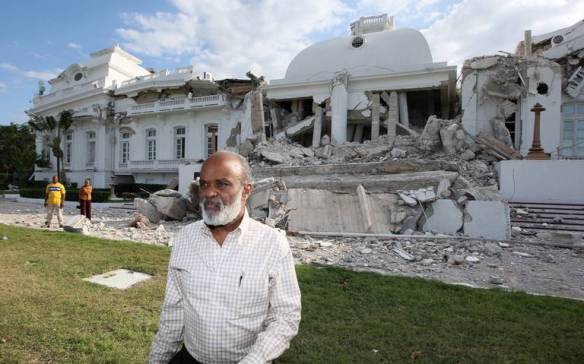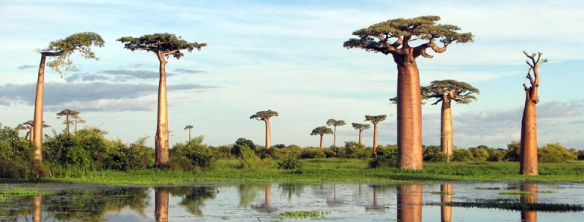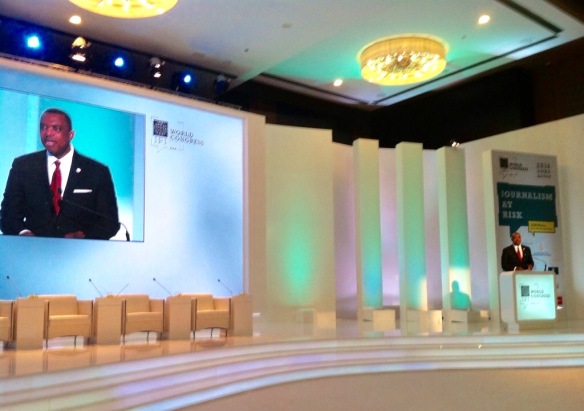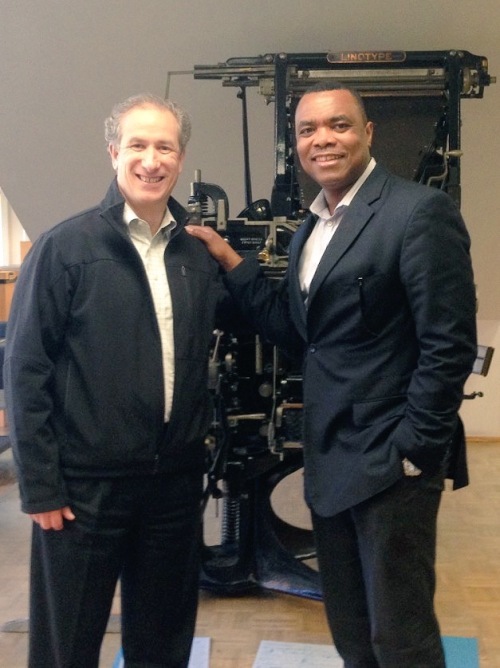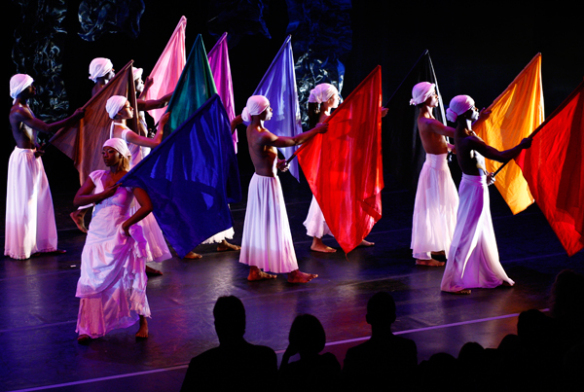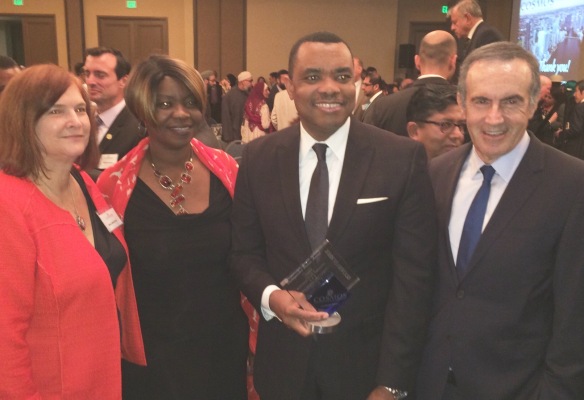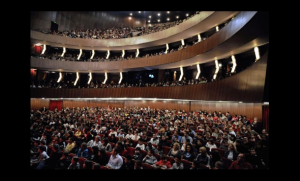This is one year I wish I was picking 15 cities instead of 10. The decision was excruciating. A couple cities that had been on the list throughout the decision process dropped off right at the end. For those of you who know how much I love London – and I had four terrific visits there in 2015 – probably won’t believe that London fell off. Ditto for Boston, a new city that surprised me with its beauty and wide array of activities. I’m headed back to Boston in a few weeks so there’s hope for it hitting the 2016 list. But I don’t want to get ahead of myself.

In 2015, I traveled about 160,000 miles and visited dozens of cities around the world. Some were breathtaking, others were easily forgettable. What follows is the list of cities where I enjoyed superior experiences. (2014 list here.)
A quick word about Miami. Some of you have asked why isn’t Miami listed. Miami’s issue is that I live in the city and the Top Destinations focuses on cities I’ve visited. The fact that I chose to live in the city speaks volumes.
Now, the World Dispatch Top 10 Destinations of 2015. Let me know yours or what you think of my list.
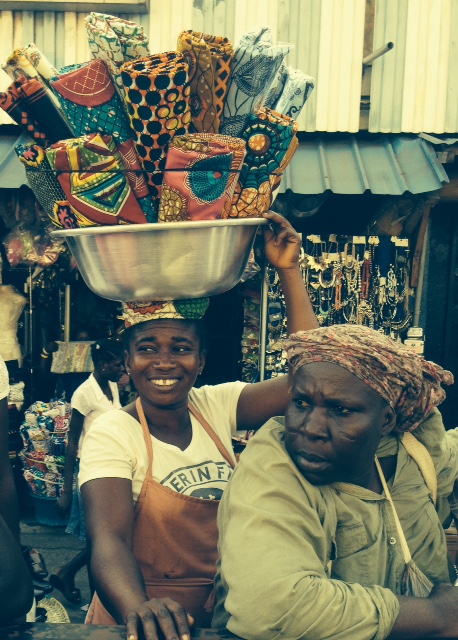
Two women at the market in Accra, Ghana. Accra returned to my Top 10 list for the second consecutive year.
10. Accra, Ghana. Accra is one of two cities making a return to the Top 10 list in 2015. There’s nothing more spectacular than watching a procession of traditional rulers enter a room. Their garments were stunning when I first saw the procession two years ago and it remained so last year. Ghanaians are among the friendliest and kindest people I’ve ever encountered. A unique experience was attending a reception, including dancing, near the base of the Kwame Nkrumah Memorial. My visit was marred a bit by a major storm that claimed more than 150 lives when a gas station where residents had sought shelter exploded.

The Great Wall of China
9. Beijing, China. I must have heard a million times that anyone who visits Beijing should expect to see some of the world’s most spectacular sites but experience some of the worst pollution on the planet. Only half of that proved true for me. The sites I saw were indeed breathtaking — the Great Wall, Forbidden City, Tiananmen Square, among many others. But I lucked out in the pollution front. There was so little of it when I was there that I went jogging and even joined a group of seniors doing Tai Chi at a nearby park. That said, I still walked with my mask and enough allergy medicine to serve a small army. It was my first visit to mainland China and my lasting impressions will remain the food – from Peking duck to a variety of fish dishes – to the amazing sites.
8. Dusseldorf, Germany. It was my third visit to Dusseldorf in the past several years. The visits have been to attend my friend Kiki Kuhnert’s Dolphin Night Gala. In 2015, Dolphin Night celebrated its 20th anniversary. This visit, however, gave me a chance to explore the city a bit.

Dusseldorf. A favorite activity is jogging along the Rhine.
After I landed at 7 a.m, the hotel told me my room was not ready. The concierge suggested I do a walking tour of the old town and the nearby shopping district, which I did. I had planned to go running along the Rhine, but the walk hit the spot. One thing I missed: the Christmas markets. They opened a week after I left.
7. Marrakesh, Morocco. This is Marrakesh’s second appearance on my Top 10 list. What elevated it over others in 2015 was the range of dining experiences I enjoyed. I stayed at the Four Seasons, which has terrific dining options. But one of my dinners was at a hotel I’ve wanted to visit for years – La Mamounia, one of the best-regarded hotels in the world. In fact, the readers of Conde Nast Traveler named it the World’s Best Hotel. Just a visit to its gardens – more like a 20-acre park – where trees hang low with fruit makes the trip worth it. I was lucky times two on this visit. Not only did the German Marshall Fund have great locations for its Atlantic Dialogues sessions, so did the African Leadership Network a day or so later. I was fortunate to attend both.

La Jolla, California, on a beautiful afternoon
6. La Jolla, Calif. En route to a series of meetings in Asia in the spring, I stopped in La Jolla for a family vacation. I did not know much about the town, which made every twist and turn a pleasant surprise. Both La Jolla Cove and La Jolla Shores were great places to swim and snorkel. And if you love to watch and marvel at sea lions, La Jolla Cove is the place to be. At the end of the day, there was nothing more peaceful than sitting at one of the restaurants overlooking the Cove to watch the sunset. Can’t wait to return.
5. Salvador da Bahia, Brazil. I flew to Salvador for two days of R&R ahead of a few meetings in Sao Paulo. I could not be happier that I did. I found the city considerably larger than I expected. Yet, it was easy to get around or just relax by the ocean. I arrived after dark. When I awoke and looked out the window, the view was breathtaking. The boardwalk below had started to buzz with locals for the usual Sunday beach lime and the Atlantic looked stunning.

View out my window in Salvador, Brazil
The city has a fascinating history, one I wish I had sufficient time to explore. And the food! You could find a little of everything but the seafood was spectacular.
4. New York, NY. What do I say about New York? I’ve visited the city for years but often left quickly; I found it overwhelming. In recent years, I’ve visited for the opening of the U.N. General Assembly and other events, such as the Clinton Global Initiative. I often walked from one event to another. And as I did so, I found myself growing to love the city. I made four trips to NY in 2015; some were way too brief. One of my last was to speak at the United Nations as part of a discussion on hate speech. I’ve been to the city so many times and seen so many of the sites that New York is becoming for me like London; just being in the city gives me a charge. No sightseeing necessary.
3. Nairobi, Kenya. I had been to Nairobi several times but the last visit was a decade ago. I was eager on this visit to see how things had changed. It becomes apparent quickly that migration from internal conflicts in Somalia and elsewhere was changing the makeup of the city. Still, there was a dynamism in Nairobi, which I also found on my first visit almost 30 years ago. Nairobi quickly sucks you in, whether shopping at the city market, an upscale mall or buying fried chicken on the side of the road. A wonderful thing about being in Nairobi is that it’s relatively easy to get to the national parks for a safari.
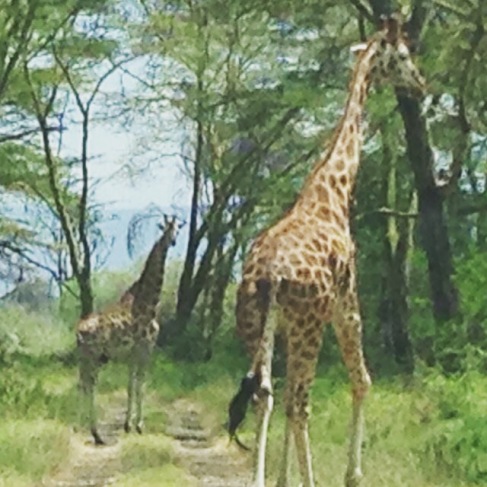
Giraffes try to prove who’s boss at Lake Nakuru National Park, Kenya.
On this visit, I drove out to Lake Nakuru National Park, home to the famous pink flamingoes and other wildlife. I went to see flamingoes but was captivated by the lake itself. As someone who’s always looking ahead to what I’m doing or where I’m going next, it was intoxicating to sit there and appreciate the beauty of the moment.
2. Yangon, Myanmar. I looked forward to visiting Yangon more than any place I had been in years. Perhaps not since my first visit to Kenya three decades ago had I researched a city as much as I did Yangon, from watching YouTube videos to reading the daily AP report. I was very fascinated by this country, which was opening up after decades of military rule. Once there, Yangon did not disappoint. The room at my hotel faced the Shwedagon Pagoda. The first time I saw its stunning gold dome, I couldn’t turn away – particularly after seeing it so many times in videos and pictures.

Shwedagon Pagoda, Myanmar. Impressive from my window a few miles away. Even more so up close.
Walking around Shwedagon a few days later, I was surprised to find that it was even more beautiful up close. Interestingly, it was easier to get into Myanmar than many countries I visited in 2015 thanks to a simplified online visa process. In fact, the immigration officer wanted to know if I had trouble getting the visa. None at all, I responded.
1. Vienna, Austria. I’ve been to Vienna many times because it’s the home base of the International Press Institute, an organization that I chair. My visit last fall, however, was something special. The extraordinarily bumpy flight into the airport confirmed that it had been storming. Looking out the window, I jokingly tweeted that low visibility made it impossible to tell whether the hills were alive with the sound of music. It apparently had been raining for a week. There was not a cloud in the sky the following morning as I left the hotel for my meeting . As we met, I looked out the window on a day that became more beautiful by the hour. After the meeting, I decided to walk the half-hour to my hotel toting a heavy briefcase of agenda and other briefing material. As I walked, this beautiful city came alive in ways I hadn’t seen before. I lingered to watch children skateboarding in the park and tourists snapping pictures in front of the Karlsplatz Fountain.

Fireworks over Vienna, perhaps celebrating being named World Dispatch Top Destination of 2015.
At dinner, I passed on dining at the more than 500-year-old Griechenbeisl, which welcomed me the year before, for a bit newer eatery. The Do & Co, across from the famous St. Stephen’s Cathedral, was perfect for the food and view of the plaza below. Do & Co says there’s no place more beautiful to relish life. I can’t disagree. Vienna saved the best treat for last. Moments before the aircraft’s doors closed on departure, the legendary Julie Andrews boarded. And she sat just a couple rows ahead of me. I resisted the urge to ask whether she thought the hills were still alive with the sound of music.
 Lessons from co-leading the recent National Association of Black Journalists’ historic mission to China will be useful next week when I chair the opening plenary of the China, Morocco and Africa conference in Rabat.
Lessons from co-leading the recent National Association of Black Journalists’ historic mission to China will be useful next week when I chair the opening plenary of the China, Morocco and Africa conference in Rabat.  The conference is sponsored by the Policy Center for the New South and will be held Thursday at its new headquarters in Rabat. You can follow the conference on the center’s website. You can also check back at my WorldDispatch blog for highlights.
The conference is sponsored by the Policy Center for the New South and will be held Thursday at its new headquarters in Rabat. You can follow the conference on the center’s website. You can also check back at my WorldDispatch blog for highlights.

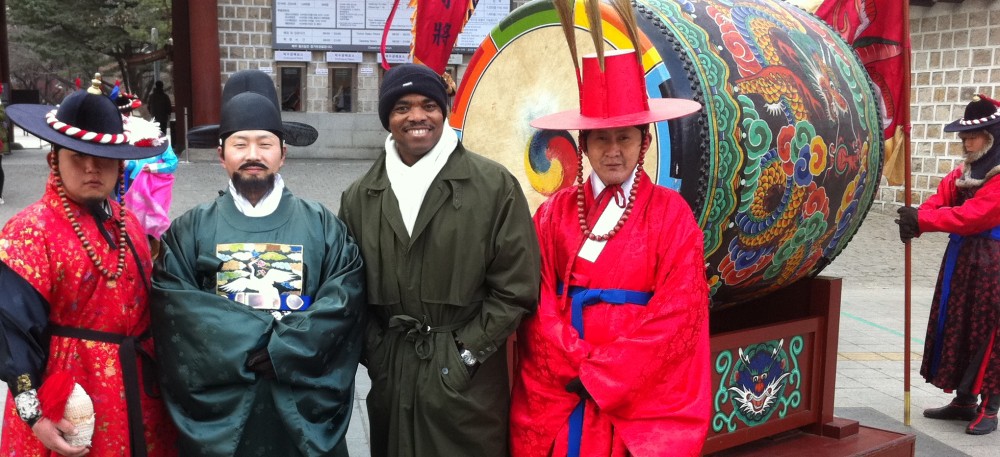
 In conversation with Luis Almagro, OAS Secretary General, at the Toronto Global Forum.
In conversation with Luis Almagro, OAS Secretary General, at the Toronto Global Forum.

 Canadian Foreign Minister Chrystia Freeland leaves the stage after her lunch-time appearance.
Canadian Foreign Minister Chrystia Freeland leaves the stage after her lunch-time appearance. 

 Before Facebook could move ahead, it must address that trust issue. The $5 billion settlement it reached last week with the Federal Trade Commission over privacy violations didn’t help. Indeed, with the fine as a backdrop, it may have been the worst week for Marcus to show up on the Hill.
Before Facebook could move ahead, it must address that trust issue. The $5 billion settlement it reached last week with the Federal Trade Commission over privacy violations didn’t help. Indeed, with the fine as a backdrop, it may have been the worst week for Marcus to show up on the Hill. Another issue that many in Congress addressed is how Facebook intends to make money from the Libra project. Marcus said the company hopes that the 90 million small- and medium-sized businesses on its platform will increase business with each other, generating more advertising dollars for Facebook. The company will also charge a small fee for commercial transactions, although transfers for non-businesses will be free.
Another issue that many in Congress addressed is how Facebook intends to make money from the Libra project. Marcus said the company hopes that the 90 million small- and medium-sized businesses on its platform will increase business with each other, generating more advertising dollars for Facebook. The company will also charge a small fee for commercial transactions, although transfers for non-businesses will be free.


